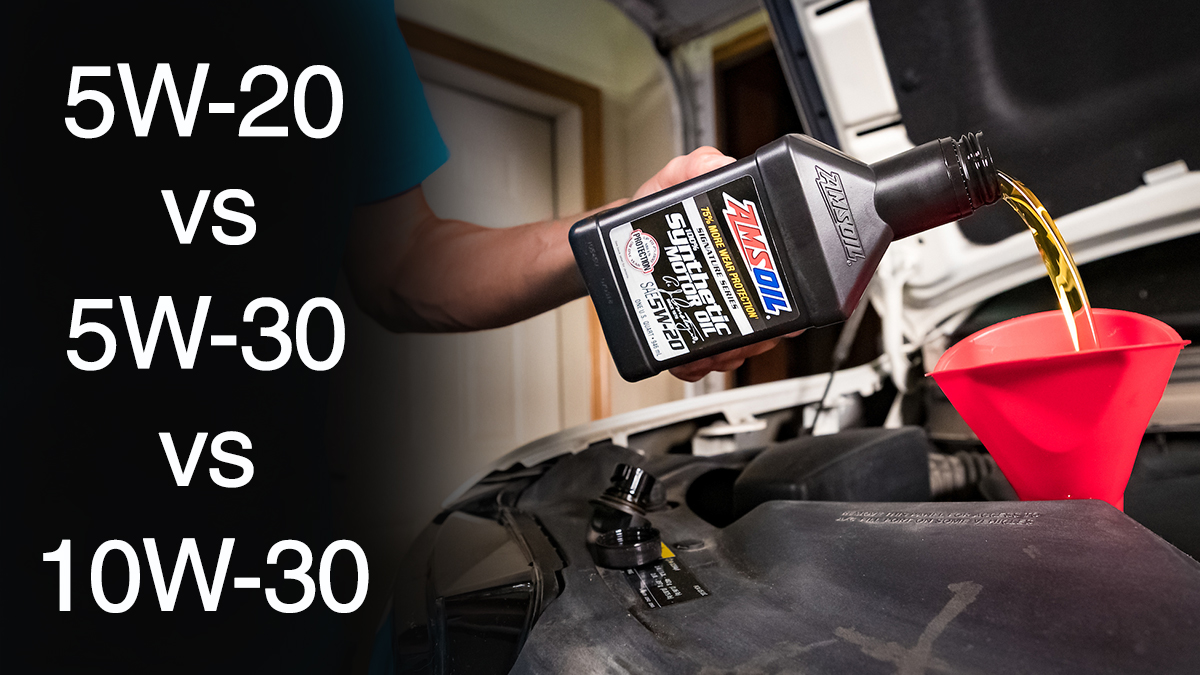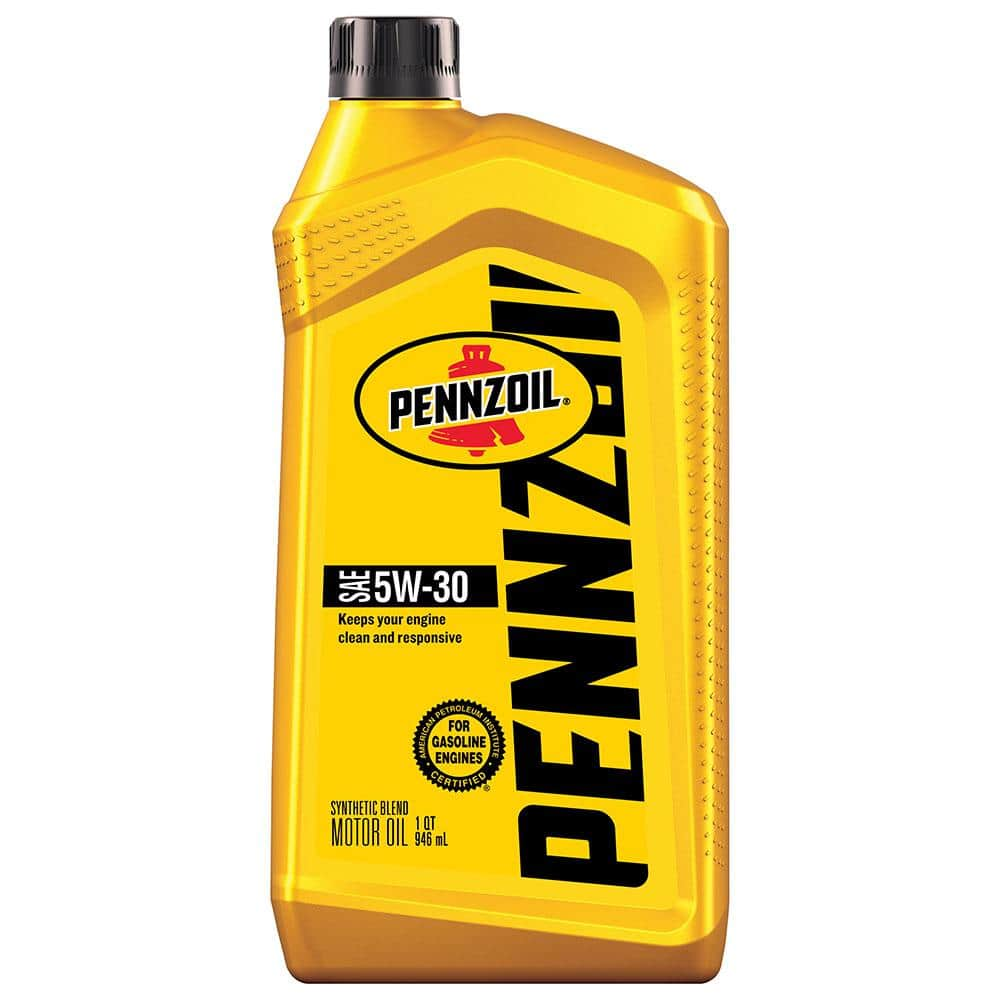Choosing the right oil for your car is crucial. It’s like picking the best food for your pet. The letters and numbers on oil bottles are not just random. They tell us a lot about oil. Today, we will learn what 5W30 and 10W30 mean. Also, you will see how they differ from each other.

Credit: m.youtube.com
What Does Oil Viscosity Mean?
Viscosity is a fancy word. It tells us how thick a liquid is. Imagine honey and water. Honey is thick, so it has a high viscosity. Water is runny, so it has a low viscosity. For oil, we like it to be just right—not too thick, not too thin.
Decoding 5W30 and 10W30
The numbers in 5W30 and 10W30 tell us about the oil’s thickness.
5W and 10W stand for the winter rating. It measures the oil’s flow in cold weather. The lower the number, the better it flows when it’s cold.
30 is the rating for when the engine is hot. It tells us the oil will stay thick enough to protect the engine.

Credit: blog.amsoil.com
Main Differences Between 5W30 and 10W30
Let’s look at the big ways these oils are not the same. We will use a table to make it simple to see.
| Feature | 5W30 Oil | 10W30 Oil |
|---|---|---|
| Winter Viscosity | Better in colder weather | Good, but not as thin as 5W30 in cold |
| Hot Viscosity | Stays thick enough at high temperatures | Stays thick enough at high temperatures. |
| Fuel Economy | Can help save fuel in the right conditions | May not be as fuel-efficient in cold weather. |
Why Does This Matter?
Choosing the right oil is like picking a good shoe size. Too big or too small, and it won’t work well. The oil must flow quickly when you start a cold engine. But it also needs to protect the engine when it gets hot.
What Should You Use for Your Car?
Your car’s manual will tell you the best oil to use. It’s like a recipe for your car’s engine. Some cars like 5W30, some like 10W30. Read More: Can I Use 10W40 Instead of 5W30? And Can I Use 5W30 Instead of 5W20?
Things To Remember
- Check your manual; always see what your car needs.
- Weather: pick oil that suits your weather. Cold places need lower “W” numbers.
- Protect your engine: using the right oil keeps your engine happy.
- Fuel economy: the right oil can help save on gas over time.
Frequently Asked Questions for What Is the Difference Between 5w30 and 10w30 Oil?
Can 5w30 Oil Be Used in Any Car?
5W30 is a versatile oil grade suitable for many vehicles, particularly in colder climates, but always check your manufacturer’s recommendation first.
Why is 10w30 Oil Often Chosen?
10W30 oil provides a balanced viscosity for moderate climates, offering reliable engine protection and performance in higher temperatures.
How Does Weather Affect Oil Selection?
Temperature affects oil viscosity; 5W30 flows more readily in colder climates, while 10W30 is preferable in hot climates.
What Do the Numbers in Oil Grades Mean?
The numbers represent oil viscosity; the first shows flow at cold temperatures and the second at engine operating temperature.
Conclusion
Now you know the difference between 5W30 and 10W30 oils!
They are both good, but sometimes one is better for your car than the other. Like wearing socks that fit just right, choosing the right oil keeps your car running smoothly.
Always check what the car’s maker says to use. Then, pick the oil that fits like a comfy shoe. Your engine will thank you!

